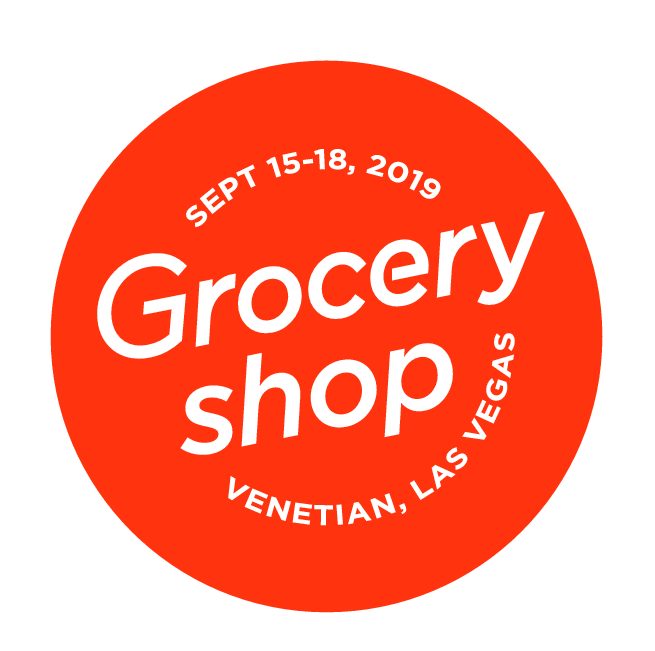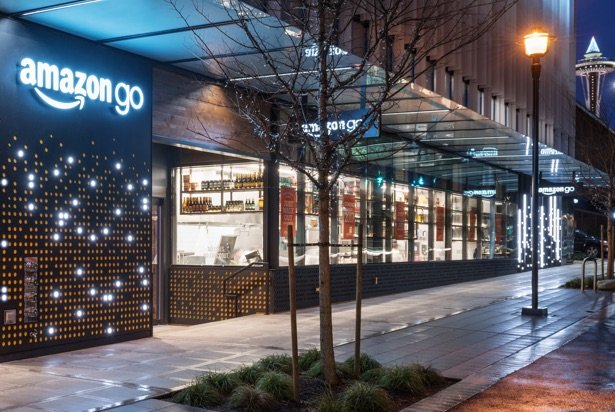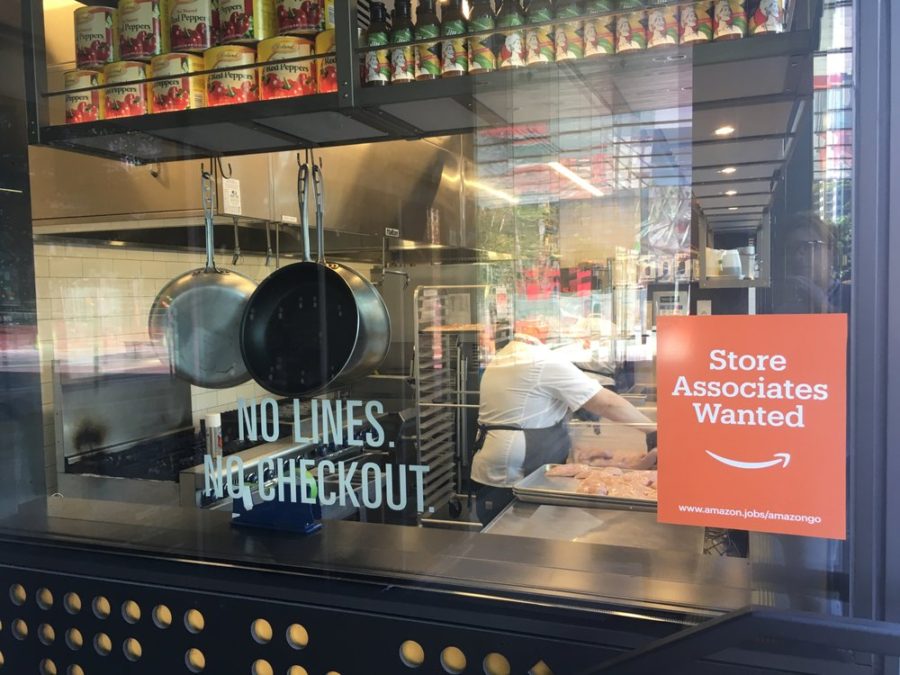
The Impact of Higher Quality Experiences on the Future of Food
September 24th, 2019 Posted by Emergent brand marketing, Brand preference, brand strategy, branded content, consumer behavior, Consumer insight, Culinary inspiration, Culinary lifestyle, Emerging brands, Emotional relevance, food experiences, food retail strategy, Food service, Healthy lifestyle, shopper behavior 0 comments on “The Impact of Higher Quality Experiences on the Future of Food”Once you’ve tasted an heirloom tomato you can’t go back…
For most of my adult life I have experienced a love/not love relationship with fresh tomato. The routine, ubiquitous beefsteak variety a frequent guest star that decorates the roof of a hamburger with some color. The pink flesh offers a hard, mealy somewhat bland flavor. In a salad the standard tomato as hero can be even more pronounced in its meh-ness. We hear it travels well through distribution channels and offers some shelf life. Yay.
Along comes the heirloom tomato with its erratic colors, crags, lumps and fissures to completely upend everything you think you understand about a tomato, punching your taste buds with luxurious flavor, acidity and tenderness that elevates anything it swims with. More expensive to be sure and worth every penny. Once you know this you can’t retreat to the beefsteak.
- So it is with the continued culinary-ization of America: as higher quality food experiences forever elevate the palate and expectation of nearly everyone who eats, the baseline standard of what people want is changing with it.
Thus why strategic planning needs to address this development because as the old but very real saying goes, “times are changing and if you don’t change with them, you’re in trouble.”
What happens when the consumer is at the center of strategic planning?
If it is vital for the collective futures of food retail and food CPG companies to put the consumer at the epicenter of planning and work backwards from there, then we’re going to pay attention to cultural and behavioral shifts. The goal to sync strategies and capitalize on those insights. It is definitely not business as usual these days because the pace of change has accelerated so significantly in the last five years.
Seven observations on the changes now upon us.
The quality bar keeps rising. The impact of chefs-as-media-heroes, cooking shows, elevated corner bar food, transformation of legacy food categories with reimagined higher quality versions, and the advancement of culinary experiences at restaurants – all blend together in a perfect recipe for moving taste and quality expectations upward.
- Once you’ve experienced the added value of a pan reduction sauce to transform a flavor- challenged piece of chicken, you want the sauce every time.
- Home delivered meal kits operate as boxed culinary academies, teaching consumers about roasting techniques for vegetables, layering flavors and saucing.
- Higher quality ingredients and preparations now reflect the new intersection of indulgent taste and healthier. Healthy now redefined not as calorie math but the use of better quality fresh, real food ingredients, less processed and with a clean label as evidence of same.
- Weekends are now calendared opportunities for scratch home-cooking exploration, experiments and food adventure. Which grocery stores observe this phenomenon and move to inspire ideas, ingredient solutions, menus and culinary guidance? …More meatloaf?
- Maybe we’re still selling boxes, cans and bags off shelves at velocity and so there’s no time to match merchandising to the elevation of food experiences in America? Can you afford not to when disintermediating options are emerging all over the food business landscape?
- Restaurants are trial generators for new global flavors, cuisine exploration and realization of unique cooking techniques. Outsourced meals aren’t just about convenience on a busy night, it’s also part of the food culture milieu that’s stoking the fire of culinary excitement.
- Where’s the Chef de Cuisine now? He or she is a home chef operating in the kitchen looking to create, innovate and experiment with standard menus and dishes now getting an elevated makeover with layered flavors, sauces and artisanal quality ingredients.
The headline: could it be that the American home kitchen is not that far behind the restaurant kitchen, save a few thousand BTUs from the stove burner, as a place to produce distinctive flavor experiences? The answer to this query is yes. How are retailers and CPG innovators working to recognize and service this consumer? Small niche you say!? Not so fast…
In a recent report from the Hartman Group we find evidence in Compass data:
- 39% of restaurant sourced eating occasions are efforts to lean in on the culinary skill and experience going on in the professional kitchen. Remember the quality of restaurant food keeps going up, and while doing so challenges some chain foodservice operators who are trapped in cost structures and business models that make it difficult to profitably move up.
- 29% of at home eating occasions use cooking sauces, flavor aids, Deli prepared items, alongside higher quality produce, meat and seafood intended to replicate the restaurant experience at home.
Food culture changes are an undeniable juggernaut impacting where the ball is moving and challenging everyone to determine if they’re keeping pace with it or languishing behind.
Emergent’s guidance:
- Consumers want the unique, higher quality flavor experiences they find at restaurants, repurposed for them in food retail available products. Hence the emerging brand phenomena now roiling legacy CPG market shares. Consumers yearn for the surprise and delight of more innovative packaged and prepared foods.
- On the other side, food retail is ideally situated to sponsor artisanal exploration in cheese, baked goods, alternate proteins and cooking ingredients. Yet many find it difficult to get beyond the traditional infrastructure to position themselves in the culinary chair alongside shoppers who want more relevance and food experience in their shopping trip…and their shopping cart.
While so much preoccupation now exists with installing e-commerce platforms and digitizing the management and flow of inventory, we should not lose sight of what the consumer longs for and how we can enhance food relevance and adventure for them.
Your products and store could be a culinary Field of Dreams!
Looking for more food for thought? Subscribe to our blog.
Bob Wheatley is the CEO of Chicago-based Emergent, the healthy living agency. Emergent provides integrated brand strategy, communications and insight solutions to national food, beverage, home and lifestyle companies. Emergent’s unique and proprietary transformation and growth focus helps organizations navigate, engage and leverage consumers’ desire for higher quality, healthier product or service experiences that mirror their desire for higher quality lifestyles. For more information, contact [email protected] and follow on Twitter @BobWheatley.





